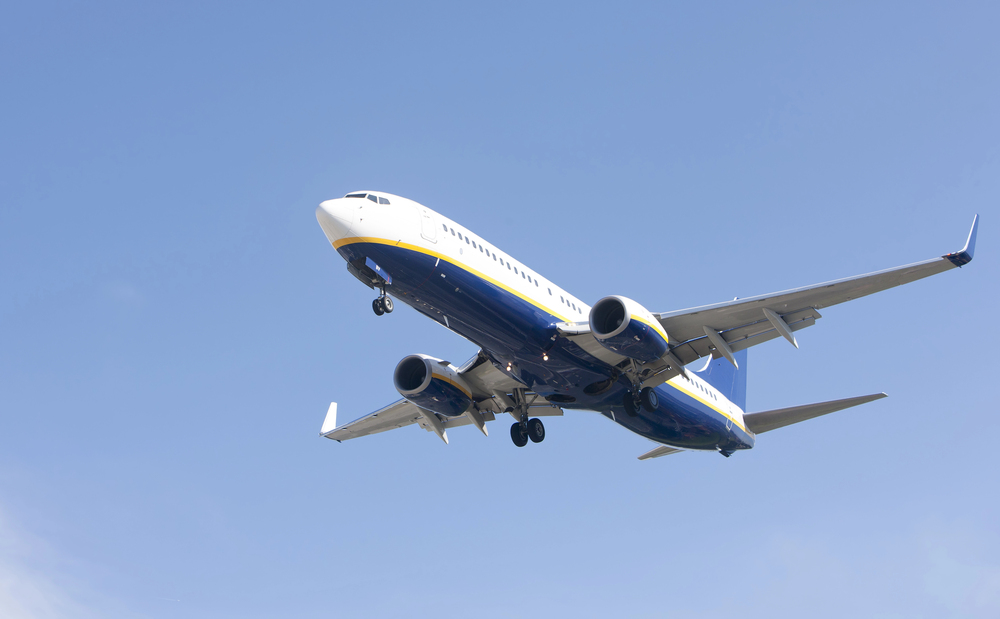
Imagine that the next flight you board is diverted in mid-air by a fireball and explosion of flame out the window. How lovely in a disaster film, but for 166 passengers on a Sun Country Boeing 737 departing LAX, this was a horrific reality. The accident, which occurred just a matter of minutes short of lifting off the ground, has renewed raised eyebrows regarding engine safety, emergency procedures, and what actually happens when it all goes dreadfully wrong at 30,000 feet.
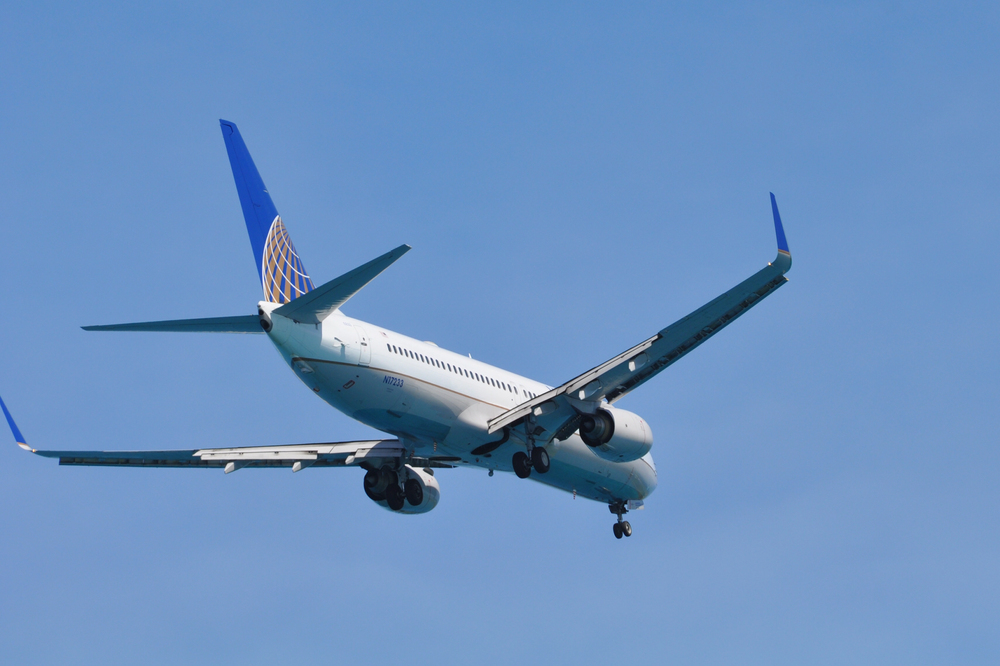
Aviation buffs and salty flyers alike are abuzz with questions: What do pilots actually do when such an accident occurs? How do the passengers survive the melee? And, most importantly, what is being done to prevent such mishaps from becoming business as usual? Let’s take a look at the most shocking lessons of this foreboding accident and the latest expert commentary on Boeing 737 engine safety.
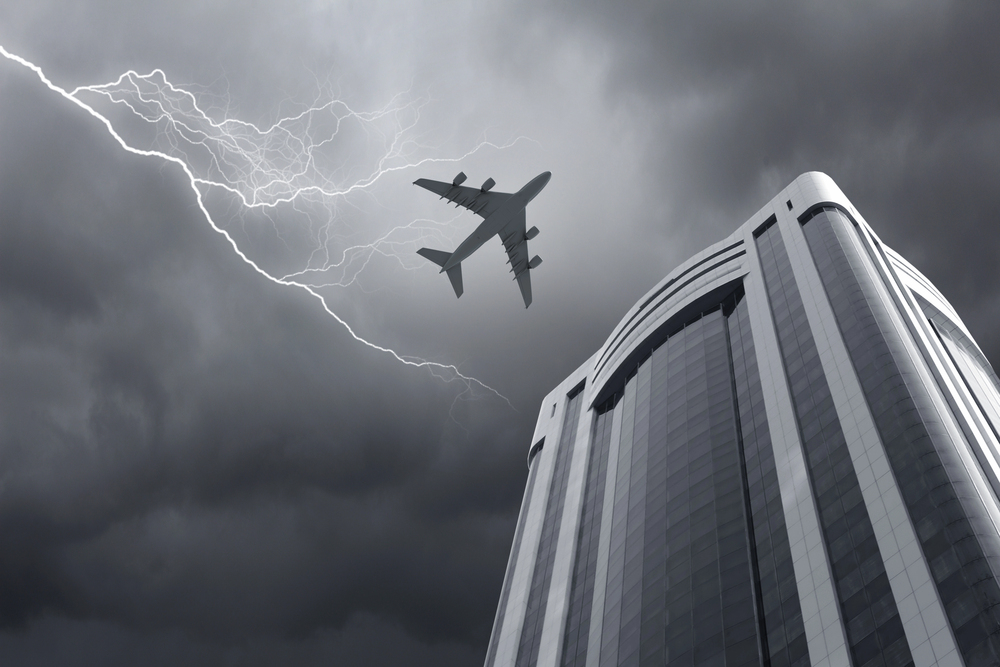
1. The Instant of Explosion: Panic and Fire in the Air
It was routine night flying from Los Angeles until there was a blinding burst of light on the right side of the plane. Passengers reported an otherworldly and frightening sight. Ruth Sorensen said to CNN, “We weren’t even in the air 25 minutes and it sounded like lightning struck the plane or something had blown up.” Other passengers also reported that they viewed fire streaming from the engine and heard the engine cut off its pulsating roar, a noise which changed suddenly from the usual to alarm. Video took in the horror moment, no question of the scale of the incident.

2. Raw Footage of Passengers’ Reactions: Fear Transcending into Bonding
The crisis humanity component was equally dramatic to the failure. Sarah, who was sitting directly beside the malfunctioning engine, told WCCO, “I saw just a really bright flash out the window.” The man seated beside me clasped hands and sort of consoled each other in anticipation of the worst. It was then that fear became a shared comprehension among strangers as humans naturally clung to console each other. There were some passengers who were on the floor of the airport all night waiting for a standby flight, their nerves still fresh from the ordeal. Survival became a reminder of the unpredictability of flying.
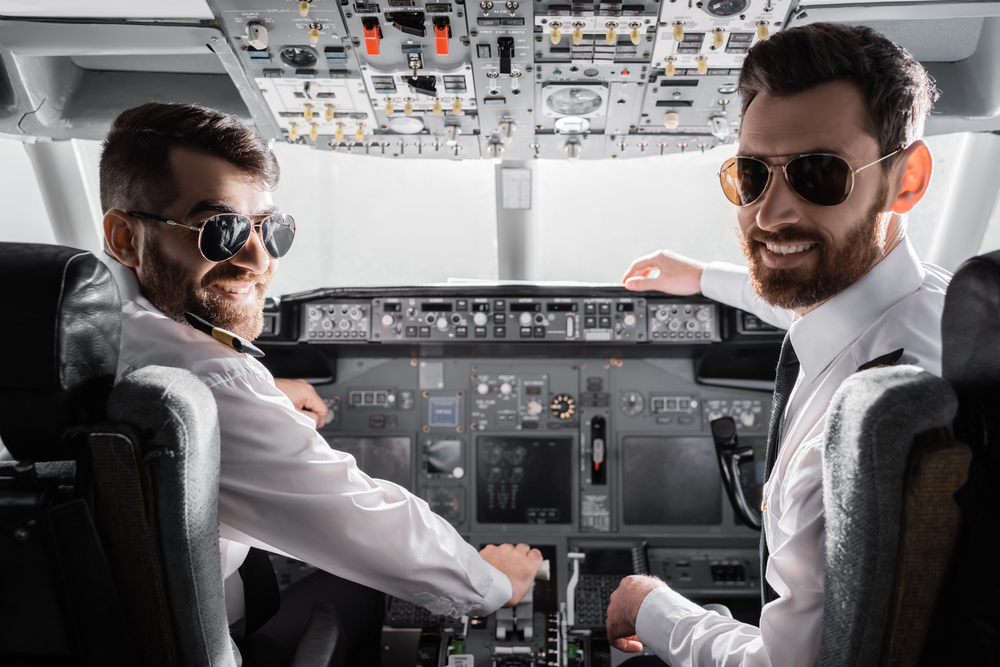
3. Split-Second Decisions by Pilots: Training Tested
When an engine must be shut down mid-air, pilots have merely seconds to act. On Flight 430, the flight crew issued an emergency declaration and landed at LAX, where fire engines awaited. The airline then praised their professionalism in saying, “Our crew and passengers are our top priority, and we appreciate the professionalism of our pilots and flight attendants to ensure our passengers’ safety.” Experts in aviation say handling an engine failure at takeoff is one of the scariest things that pilots will ever be required to do. Contemporary training thus emphasizes scenario methods, e.g., failure at low levels and under poor weather conditions, to prepare crews to handle such rare but crucial occurrences. Specialists advocate rapid, cool-headed decision-making as the source of a successful outcome.
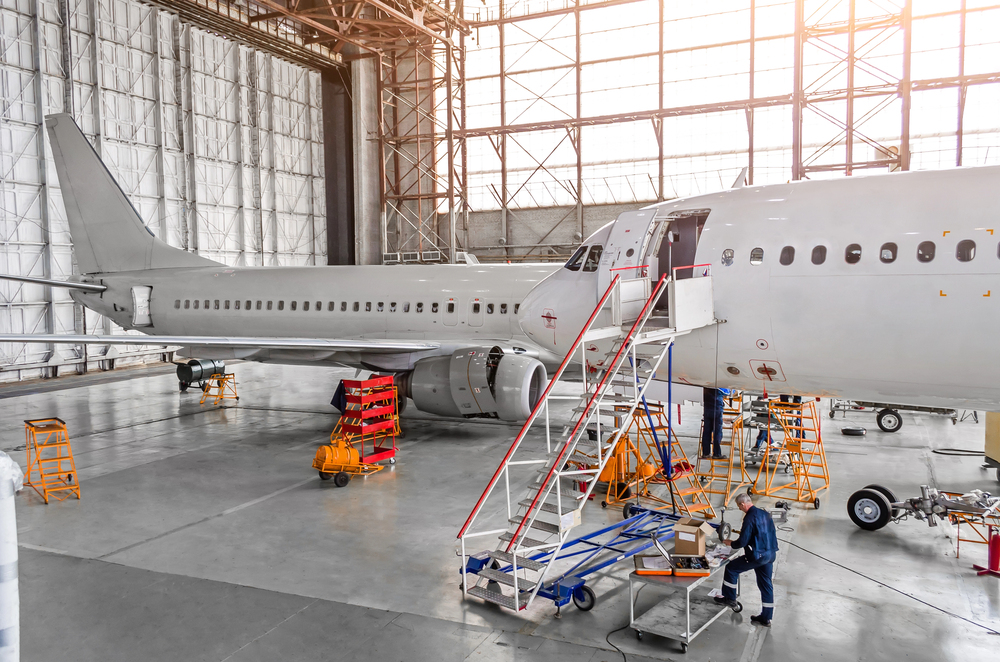
4. Why Engine Fires Occur: Maintenance and Mechanical Enigmas
Engine fires on contemporary jet aircraft occur infrequently, yet whenever they do, maintenance failure is the reason. A test case last year by the NTSB of a similar crash of a Denver Boeing 737 uncovered a series of technical failures: cracked fan blade, loose safety wire, and clogged drain line. The problems as a whole resulted in extreme engine vibration and ultimately to fire. The accident made it singular that, “A loose-fitting and mis-seated critical safety wire for a fuel coupling, a variable stator vane (VSV) actuator not properly secured, and a drain pipe clogged with adhesive” were all the cause factors. Proper checks and proper maintenance can prevent such breakdowns, and it also reflects how stringent regulation is required in aviation safety. Recent investigations compelled the airlines to re-examine their procedures.

5. Emergency Landings: What Actually Happens in the Cockpit
Time freezes in the seconds following an engine loss. Bells are clanging, checklists memorized, and coordination is critical. Pilots are trained to level the aircraft, talk to air traffic control, and get ready for a possible evacuation. In the LAX flight accident, the crew reacted so swiftly that they were able to land safely, but not always. It’s happened before, with smoke pouring out of the cabin as it touched down and passengers departing by emergency slide some of which didn’t deploy. The NTSB reported, “Passengers who exited by the left overwing windows left by means of ground transportation, ladders, and a belt loader.” Speed is of the essence, and brief commands are what save everyone in an emergency landing and descent. Each incident is a learning process, and something new is added to future training.

6. The Passenger Aftermath: Delays, Discomfort, and Gratitude
Rescuing the lives of passengers in an emergency engine fire is only the start of the ordeal for the overwhelming majority of them. Following the emergency landing, passengers on Flight 430 were stuck overnight at LAX, with some having to sleep on the airport floor overnight until a replacement aircraft was found. Ruth Sorensen remembered, “We slept on the airport floor from 3 a.m.” until 8:30 a.m. to board a second Sun Country flight home, notwithstanding the disruption. The majority praised the crew for being forceful and composed. The airline’s dedication to customer service and safety was tested and, by eyewitness accounts of the passengers, passed with flying colors. Such accidents serve as a reminder of the human factor in air crash disasters.
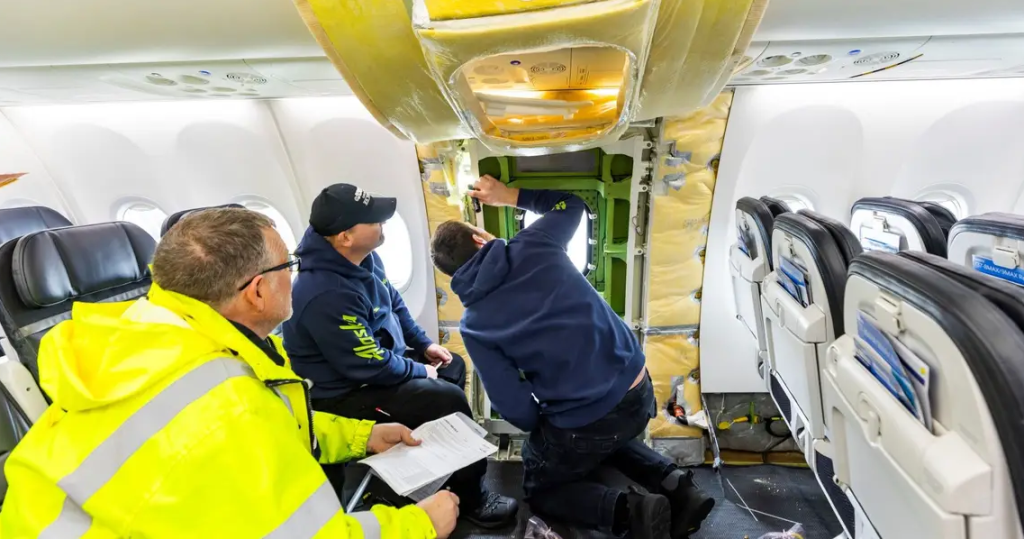
7. What’s Next for Boeing 737 Safety?
As the FAA and NTSB dig deeper, the only question on people’s minds is how to prevent future crashes from occurring. Maintenance checks are being doubled by carriers, and flight training lessons are being revised to incorporate in-flight emergencies rather than classroom scenarios. There has been recent evidence that has made calls for even closer surveillance and reporting of technical malfunctions. For flier and enthusiast alike, the message is clear: flying remains among the safest modes of transport, yet safety and improvement are paramount. Throughout the industry, the world of aviation is sitting on tenterhooks with the implementation of new safety measures being implemented. While the nightmare of every flier is the sight of flames coming from a window on a plane, this week’s Boeing 737 fire at LAX serves as a wake-up call to how training, teamwork, and technology come together to protect travelers.

For tourists who are planespotters or even simply inquisitive about what to do in case something goes awry these survival stories provide some reassurance as well as an incentive to remain alert. In aviation, information is not merely power it is a feeling of safety.


